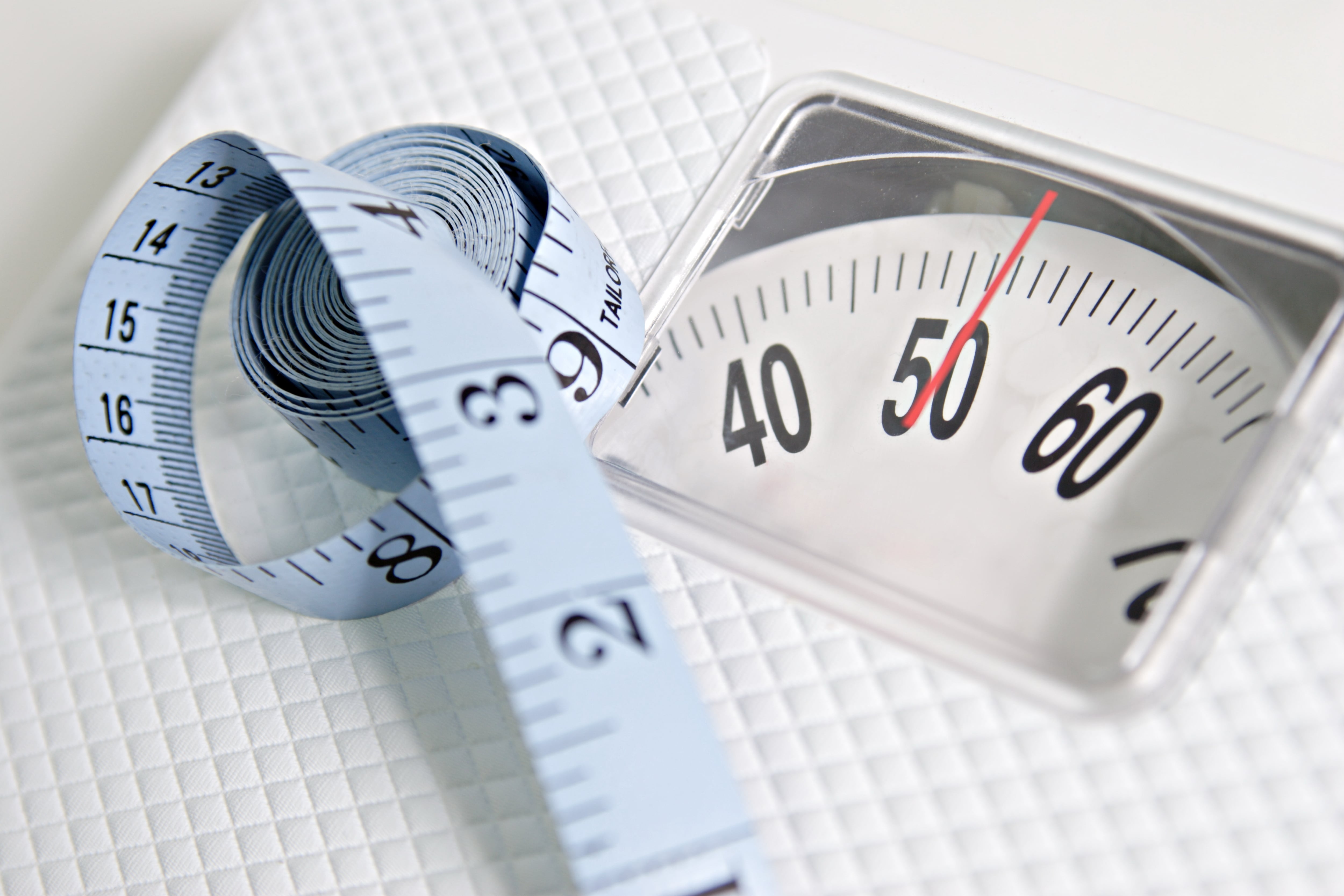The Army regulation governing body fat and height and weight standards will go under a complete review this summer, officials told Army Times. Also being reviewed is the Army's controversial tape test.
"The revision process for AR 600-9, The Army Body Composition Program (dated June 2013) will begin summer of 2016," said Paul Prince, an Army spokesman. "As part of the revision process, AR 600-9 in its entirety will be reviewed, to include the Army tape test."
In addition to the tape test, AR 600-9 also covers:
• Rules for conducting weigh-ins and body fat assessments.
• Body composition policies for pregnant and postpartum soldiers.
• Commander responsibilities for making sure their soldiers are within standards.
• The responsibilities of health care personnel in assisting commanders and evaluating soldiers who exceed body fat standards.
• Guidelines on how often soldiers must be screened to make sure they're complying with Army standards.
• Rules for soldiers with major limb loss.
• Rules for new recruits.
• The required actions, counseling and evaluations for active-duty soldiers who exceed body fat standards, including promotable status and mandatory meetings with a dietitian or health care provider.
To conduct the review, the Army G-1 (personnel) "plans to convene a multidisciplinary working group to determine recommendations for updating" AR 600-9, said Maria Tolleson, a spokeswoman for Army Medical Command.
"While Army Medical Command will have a role in that working group, it would be premature to discuss any actions or changes that may result," she said.
While it's too soon to say what changes the working group might recommend, recent reviews of Army regulations have produced widespread changes that hit close to home for soldiers.
Most notable among them likely are the changes to AR 670-1, the reg that governs the wear and appearance of Army uniforms and insignia. In recent years, updates to AR 670-1 have resulted in an almost universally hated tattoo policy, followed, after a chorus of complaints, by a more lenient policy. There also was an uproar about racially insensitive hair style rules, and new permission to wear black socks during PT.
AR 600-9 calls on soldiers to "maintain a high level of physical readiness in order to meet mission requirements."
"Body composition is one indicator of physical readiness that is associated with an individual's fitness, endurance, and overall health," the reg states.
Soldiers with "desirable body fat percentages" generally are stronger, have more stamina, are less likely to be injured, and are more likely to perform at optimal levels, the regulation states.

The Army will review its body composition regulation this summer.
Photo Credit: Getty Images/Top Photo Group
Earlier this year, Sergeant Major of the Army Dan Dailey asked the Army's experts to review the tape test after hearing several complaints and concerns from the force.
Army Times in February asked Dailey about the tape test after receiving e-mails from soldiers urging the senior enlisted leader to take a closer look at the program. Troops have long complained the test is unfair and an inaccurate gauge of fitness.
"I'm going to take a look at it," Dailey said at the time. "I'm going to be honest with you, I get that [issue brought up to me] everywhere I go, too."
Dailey added he is concerned that "we have a growing number of people who have to be taped. I think soldiers generally have to do a better job with overall fitness and body fat."
But at the same time, he wants to keep an open mind.
"I don't know if [the tape test] is fair or not, so we're going to ask [the experts] to take a look at it," Dailey said. "Generally, it seems like it's a very good tool, but we'll look at it."
Soldiers have long contested whether the tape test is the best way to measure body fat. Women, bodybuilders and people with naturally thin necks or wide hips say the current model is not fair.
Males are measured at the abdomen (at the level of the belly button) and neck below the Adam's apple. Women's necks are measured at the same spot, but their abdomen is measured at the point of minimum circumference. They also have a hip measurement taken at the point where their buttocks protrude the most.
The Army, like its sister services, reviewed the tape test in 2011. The findings were consistent: There are better ways to determine body fat, but they were neither practical nor financially feasible when testing a large number of people.
Dailey has repeatedly stressed the importance of physical fitness and maintaining the Army's height and weight standards. Shortly after becoming the Army's senior enlisted soldier, he wrote a memo to commanders, taking them to task for allowing fitness standards to slide among their troops and calling on them to PT with their soldiers every morning.
"We're seeing an increased number of people who are being flagged," Dailey told Army Times last summer. "It's the health of the force. The No. 1 growing cost of a soldier is health. All those things that exponentially make soldiers unhealthy and make it difficult for them to do their jobs, I'm very passionate about that."
Michelle Tan is the editor of Army Times and Air Force Times. She has covered the military for Military Times since 2005, and has embedded with U.S. troops in Iraq, Afghanistan, Kuwait, Haiti, Gabon and the Horn of Africa.









